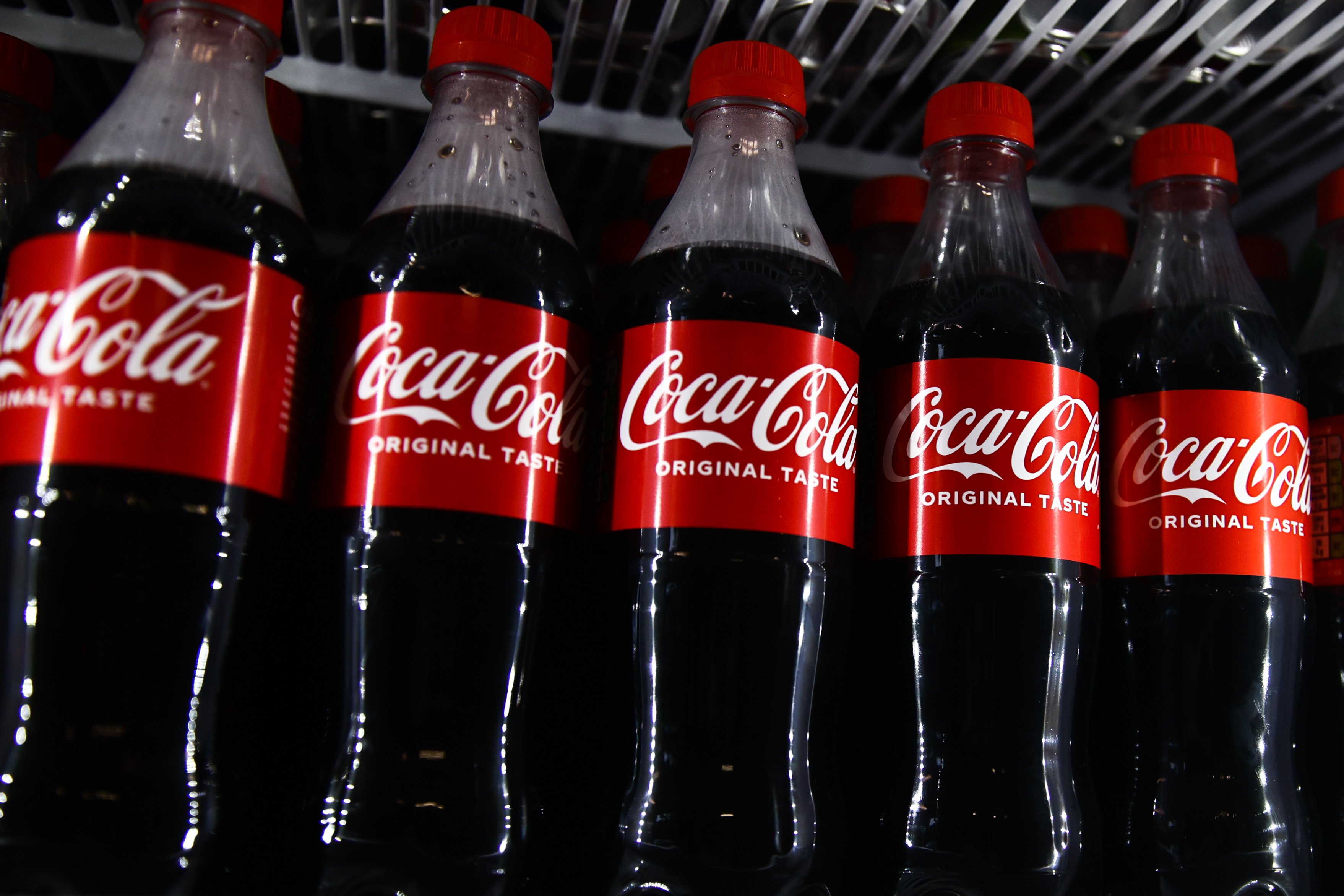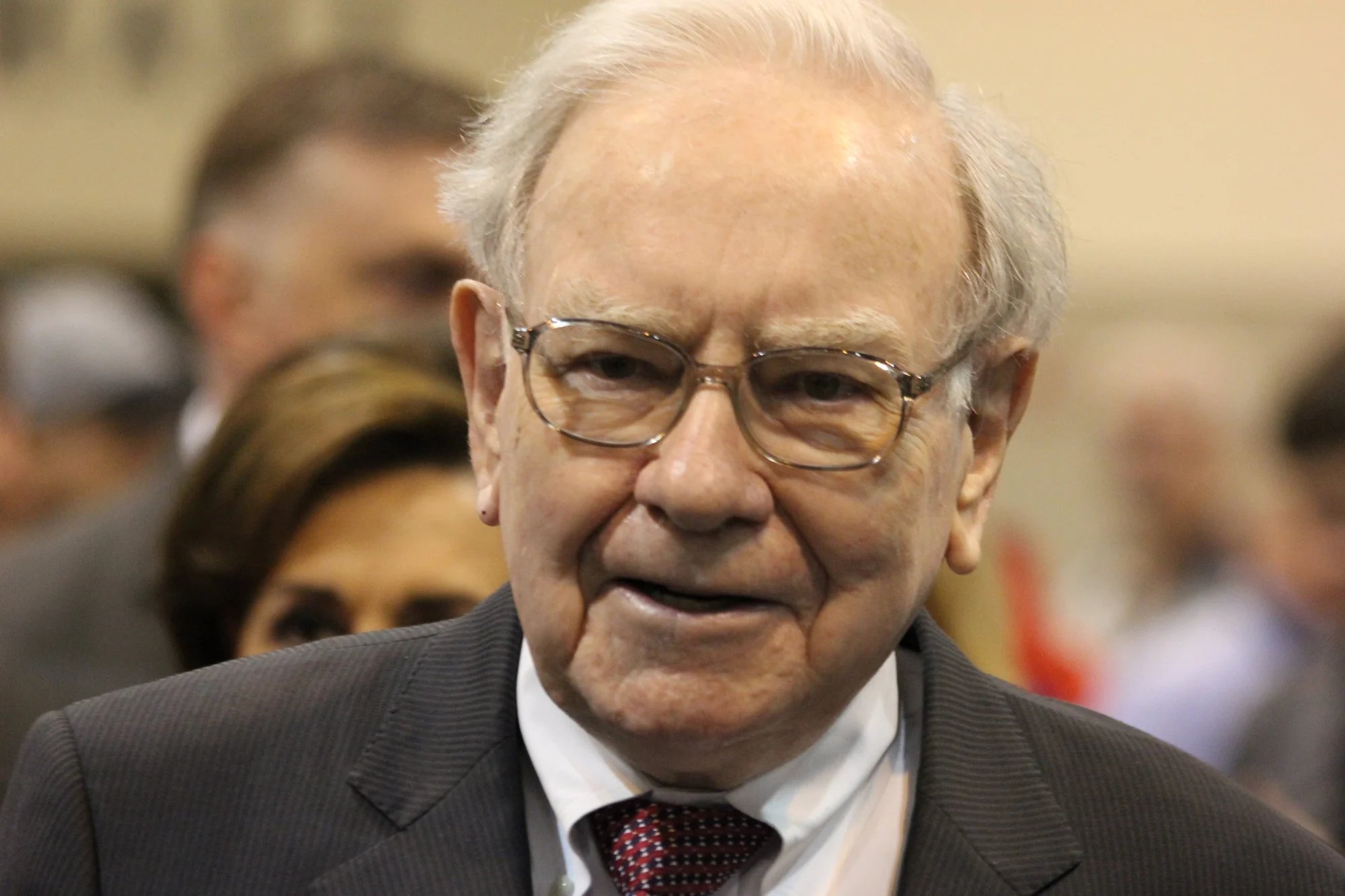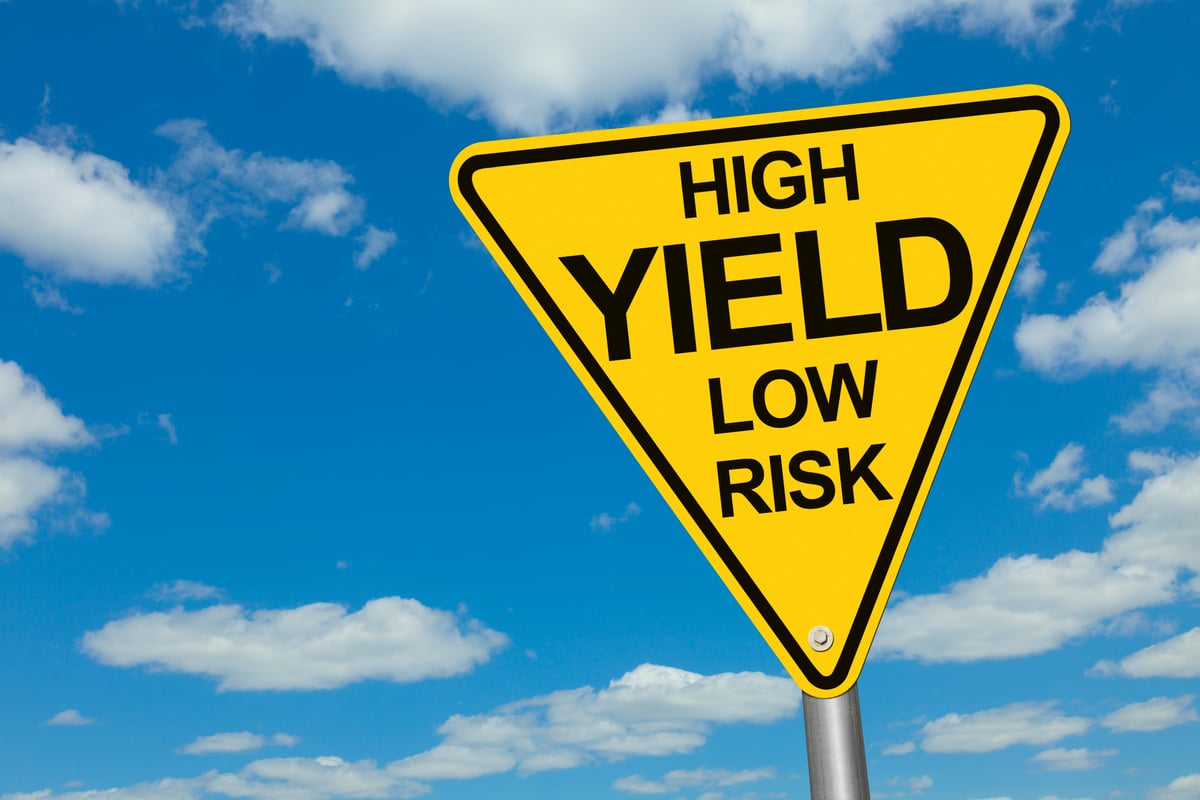Coca-Cola's (KO +0.94%) stock bubbled up to an all-time high this week after the company's second-quarter numbers topped analysts' expectations. The beverage giant's revenue grew 6% annually to $10 billion, beating estimates by $140 million, and its organic revenue also rose 6%, compared to expectations for 4% growth. Its adjusted earnings rose 4% to $0.63 per share, topping estimates by two cents.
Coca-Cola also provided rosy guidance for the full year. It raised its full-year organic revenue guidance from 4% to 5% and reaffirmed its prior guidance for roughly flat earnings growth. Those numbers look solid, but the stock now trades at about 26 times this year's earnings after its post-earnings pop.
That multiple is high relative to the company's earnings growth rate and indicates that the stock might be overvalued. Let's see why investors might be willing to pay a premium for Coca-Cola, and whether or not it's safe to chase that rally.

Image source: Coca-Cola.
Why are investors excited about Coca-Cola again?
Coca-Cola has struggled with declining soda consumption in recent years, but it countered that slowdown by expanding its portfolio with teas, juices, bottled water, sports drinks, energy drinks, coffee, and even alcohol.
During the conference call, CEO James Quincey stated that Coca-Cola now generates nearly 25% of its sales from new or reformulated beverages, up from just 15% two years ago. Quincey also stated that Coca-Cola's global market share in non-alcoholic beverages expanded during the quarter.
Some of that growth was attributed to newer products like Coca-Cola Zero Sugar, which posted its seventh straight quarter of double-digit volume growth, and its new ready-to-drink Costa Coffee drinks. Coca-Cola also plans to launch its first energy drink, Coca-Cola Energy, in 20 markets by the end of 2019.
Those catalysts are expected to boost Coca-Cola's organic sales, which are reflected in its higher guidance. Coca-Cola's profits are also expected to climb as it wraps up its bottling refranchising efforts, which spun off most of its lower-margin bottling operations (which produce the finished drinks) to franchisees and allowed it to focus on selling higher-margin concentrate syrups to those bottlers.
That plan temporarily throttled its reported growth, since bottled drinks generate up to five times as much revenue as concentrated syrups, but the company wrapped up most of those efforts last year -- which paves the way for higher gross margins and profit growth.
The key facts
Coca-Cola's unit case volumes rose annually across all of its global regions except for North America, which posted a 1% decline. However, Coca-Cola offset that decline with higher prices, especially for Coca-Cola Zero Sugar and Coca-Cola Orange Vanilla.

Image source: Coca-Cola.
As a result, Coca-Cola's organic sales rose across all four regions -- North America, Latin America, Asia Pacific, and EMEA (Europe, Middle East, and Africa). However, currency headwinds still offset a significant portion of those gains, causing the company's reported sales in Latin American and EMEA to decline annually.
Coca-Cola noted that an "unanticipated" currency headwind reduced its adjusted EPS by nine percentage points, from 13% to 4%. It noted that while "currencies continue to be a headwind," it remained focused on hitting its full-year earnings target through "stronger performance in the underlying business."
Coca-Cola's comparable operating margin contracted 30 basis points annually to 30.3% due to acquisitions (like Costa Coffee) and currency headwinds. But excluding those impacts, its operating margin expanded.
Coca-Cola's cash flows also remain robust. Its year-to-date cash from operations surged 68% annually to $4.5 billion thanks to the growth of its core businesses, working capital initiatives, and the timing of tax payments. Its year-to-date free cash flow soared 87% to $3.7 billion, giving it plenty of room to fund its dividend, which it has raised annually for over half a century. Coca-Cola has already spent $1.7 billion on dividend payments in the first half of 2019, and currently pays a forward yield of 3.1%.
So is it the right time to buy Coca-Cola?
Coca-Cola's earnings poke holes in the bearish notion that its growth will fizzle out as consumers shun carbonated drinks. Its guidance also indicates that it's faring better than PepsiCo (PEP +1.50%), which expects its organic revenue to rise 4% this year as its core earnings dip 1%.
However, two things indicate that investors should wait for a pullback. First, Coca-Cola's valuation isn't justified by its growth, and investors seem to be flocking to the stock as a safe haven in a volatile market. We can see the same problem with PepsiCo, which trades at 22 times forward earnings.
Second, Coca-Cola traditionally boosts its EPS and offsets dilution from employee stock plans with buybacks. Yet it spent just $88 million on buybacks in the first half of 2019, compared to $730 million a year ago -- which indicates that it doesn't think its stock is undervalued. Therefore, it's wiser to wait for Coca-Cola to cool off before taking a sip of this classic dividend stock.







